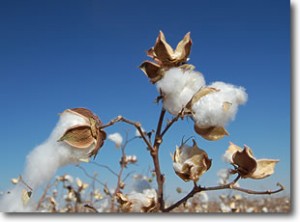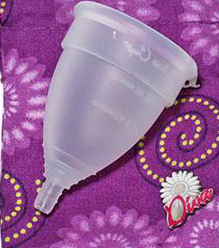Nail Polish You Can feel Good About
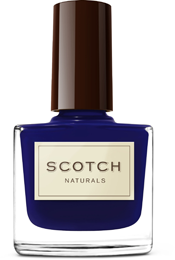 Somewhere around the age of 8, painting your nails becomes one of the more exciting things a girl can do. A decade and a half later, the feeling has resurfaced for me. I’m 22 years and want nothing more than to paint my nails on a Thursday night with friends. No big deal right?
Somewhere around the age of 8, painting your nails becomes one of the more exciting things a girl can do. A decade and a half later, the feeling has resurfaced for me. I’m 22 years and want nothing more than to paint my nails on a Thursday night with friends. No big deal right?
Unfortunately, my conscious and environmental studies background lead to an overwhelming sense of guilt when it came to this indulgence. Smothering my nails with toxic chemicals so they can look pretty, and then removing the polish with another toxic product was something I was no longer willing to do. I agonized, let my fingers go bare for weeks, told myself I didn’t need the color, and the sweet, smooth, glossy finish that catches my eye as I click away on keyboards in the library (it’s the little things).
On the first day of my Women’s Health and Environment class I divulged my guilty secret, and I was not alone! My peers had the same woes. Fortunately for all of us, we came across nail polish we could actually feel good about: Scotch Naturals. They are even approved by the skin deep database!
I purchased several Scotch Naturals nail polish colors for my painting pleasure: A tri-pack of darker hues-- a dark blue, tan/brown, and a midnight purple. I find the the polish goes on smooth and leaves a shiny finish as promised! The nail polish remover works too, and has no stinky chemical smell! The only downside- without a toxic top coat, my tips tend to chip quicker, but that can be easily retouched!
Happy paintin'!

 Green Up Your Health in 2011
Green Up Your Health in 2011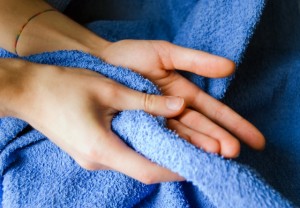
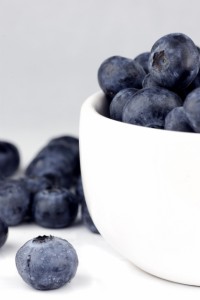 The 12 Dirtiest: Peaches, apples, sweet bell peppers, celery, nectarines, strawberries, cherries, pears, grapes (imported), spinach, lettuce, and potatoes.
The 12 Dirtiest: Peaches, apples, sweet bell peppers, celery, nectarines, strawberries, cherries, pears, grapes (imported), spinach, lettuce, and potatoes.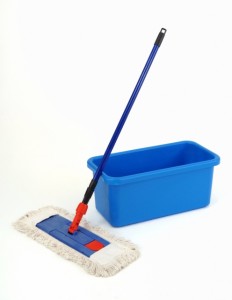
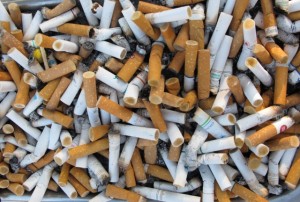 to quit this year—you will be protecting not only your health, but the health of those around you. Some local resources to help you quit include
to quit this year—you will be protecting not only your health, but the health of those around you. Some local resources to help you quit include 

